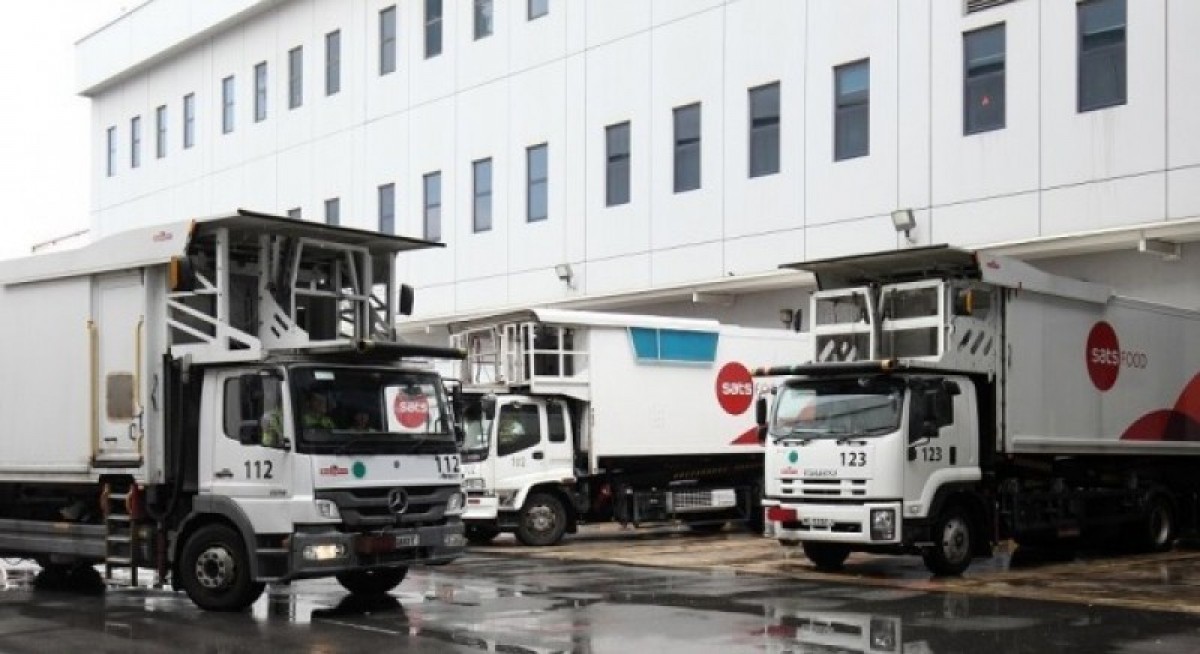As per its FY2025 annual report, SATS has cargo operations across 125 locations, with 55 in EMEA and 53 within the US.
“We think SATS’s diverse cross-regional cargo operations will not only lend its cargo-handling operations resilience amid the redirection of global air cargo flows but also underpin growth that outpaces the industry, which SATS has observed since 3QFY2024 on the back of increasing revenue contribution from new as well as existing customers,” write Tay and Lim.
On Aug 29, the US removed its de minimis exemption, allowing parcel imports of below US$800 ($1,030) to enter the US duty and tax-free. On this, the analysts believe this could lead to softer air cargo demand, especially for e-commerce, in the US.
They write: “Nevertheless, we believe the impact on global air cargo demand will be limited as e-commerce players, such as Shein and Temu, have pivoted to other markets across EMEA.”
See also: SAC Capital initiates coverage on Reclaims Global with ‘buy’ call and target price of 49.7 cents
The International Air Transport Association (IATA) has continued to report healthy global air cargo demand, with cargo tonne-kilometre (CTK) in July growing 5.5% y-o-y, marking consecutive months of yoy growth since August 2023, with the exception of February.
With demand growing across all major trade corridors, except Asia and North America in July, the analysts believe this reflects the shift in e-commerce players’ trade flows from entering North America to the EMEA and suggests that frontloading activities into the US were likely minimal.
“We believe SATS has further scope for revenue growth especially for its gateway services segment, which includes both cargo handling and ground handling sub-segments,” write Tay and Lim.
See also: JP Morgan increases DBS’s TP to $70; upgrades OCBC and SGX to ‘overweight’ and UOB to ‘neutral’
With this, the pair have kept their “add” call on the stock at an unchanged target price of $3.83.
Their current FY2026 gateway services revenue estimate of $4.58 billion assume a 2.5% y-o-y increase in cargo volume and a 2.0% y-o-y increase in flights handled as they see that SATS managed to record a respective 10.4% and 2.6% yoy increase in cargo volume and flights handled in the 1QFY2026 despite a “potential stagnation” in air cargo demand.
Tay and Lim add: “We have also not factored in any price adjustments, which we understand SATS conducts every 2 to 3 years with its various customers upon contract renewals.”
They also believe that SATS could see cost efficiencies arising from its food solutions segment, driven by its capacity expansion of its Thailand central kitchen from 18,000 meals per day to 108,000 meals, due to be completed by the end-FY2025.
“We keep our conservative FY2026 to FY2028F earnings per share (EPS) estimates unchanged given SATS’s business sensitivity to macroeconomic conditions,” write Tay and Lim.
Re-rating catalysts noted by them include stronger operating cash flow, channelled towards paring down debt and reducing financing costs and stronger-than-expected outperformance of cargo handled against the industry.
Conversely, downside risks include margin compression from weaker operating leverage due to softening cargo volumes and the aviation industry slowdown due to a global economic downturn.
As at 11.57am, shares in SATS are trading 3 cents higher or 0.89% up at $3.42.




